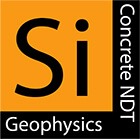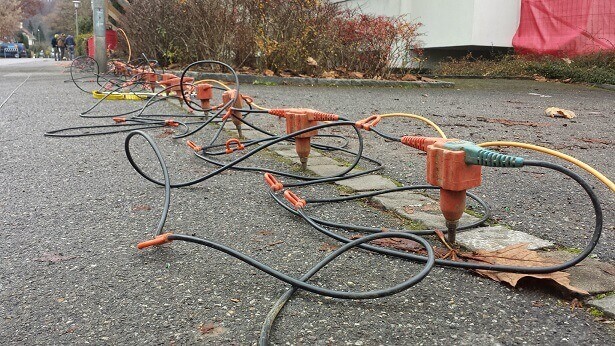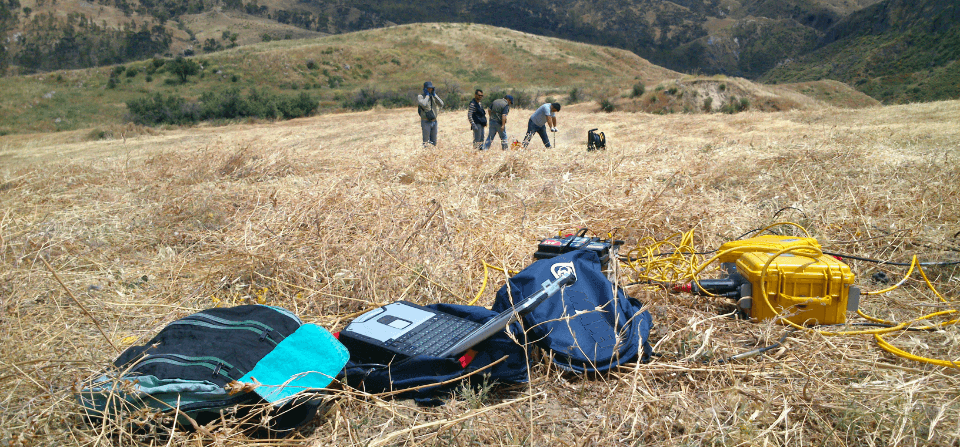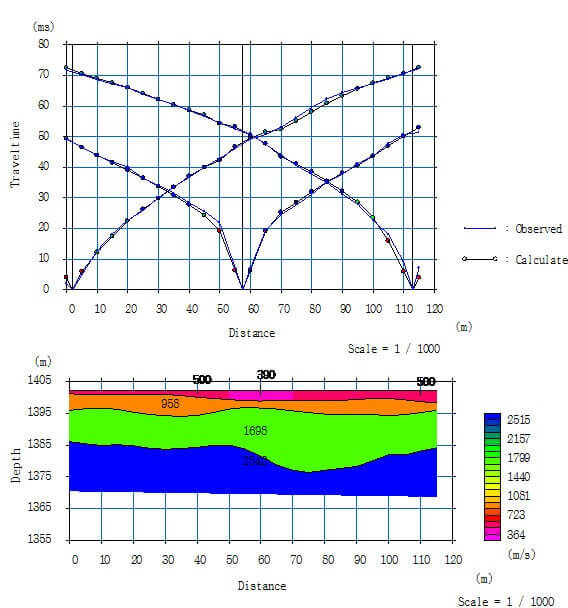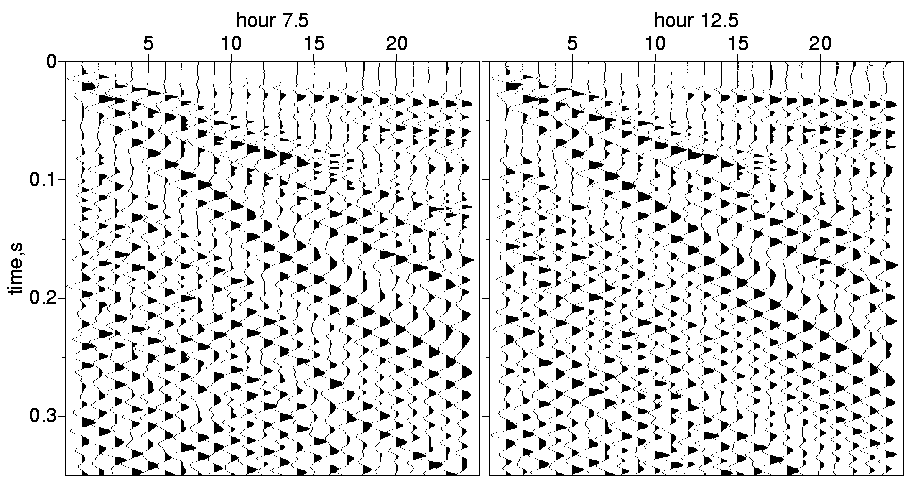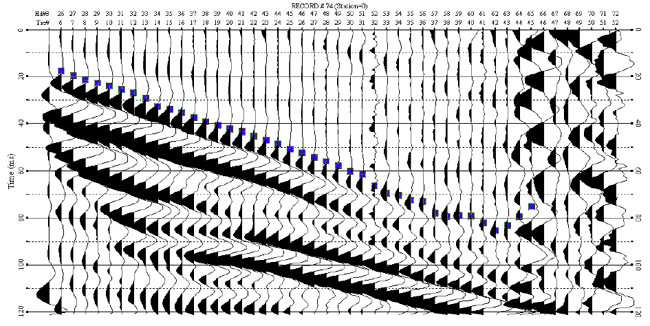Today, Seismic methods are increasingly taking centre-stage as accurate, quickest and economical non-destructive geophysical investigation technique warranted for detailed site investigations / appraisals, ground condition assessment or geohazard risk analysis on most infrastructural development projects (land and marine).
The key advantage of seismic (P and S) is that it offers engineers not only lithological inference, but also dynamic properties required for accurate determination of moduli parameters, bearing capacity and seismic engineering in known or unknown geology.
Benefits
High resolution seismic refraction and MASW surveys for Engineering design and Site characterisation.
- P-wave and S-wave velocity analysis
- Depth-to-bedrock profiling and weathered zone mapping
- Lithological definition and Stratigraphy profiling
- Determination of dynamic moduli parameters for engineering design: Young’s modulus, Poisson’s ratio, Shear modulus, Bulk modulus
- Vs and Vs30 as direct indicators of stiffness and load bearing capacity
- Site earth categorization based on Vs30
- Seismic risk assessment and Engineering
- Mapping of Voids, sinkholes and ground subsidence
Method
In accordance to ASTM D777-00(2011)e1 standard, our survey design, data acquisition, data processing, interpretation and reporting formart meets industry standards.
Depending on the task we can design surveys and acquire P-wave refraction and MASW using either traditional 24/48 channel set-ups, distributed systems or continuous profiling roll-along techniques to acquire several kilometres profiles data.
Data Processing and Interpretation
All data processing and interpretation is done in-house using industry-standard software(s) namely (REFLEXW™, RADEXPRO™ and PROMAX™) based on either delay-time, T-plus-minus or dispersion analysis inversion algorithms.
QA/QC
Strata Imaging provides high-end specialised verification processing audits. Our QA/QC techniques include forward ray-tracing, inversions and refraction tomography analysis.
